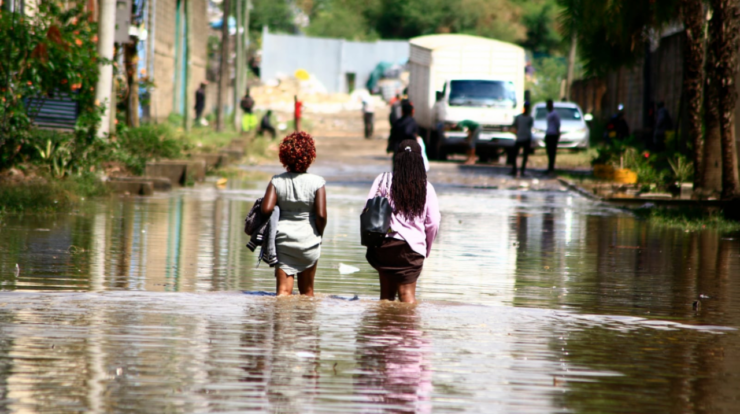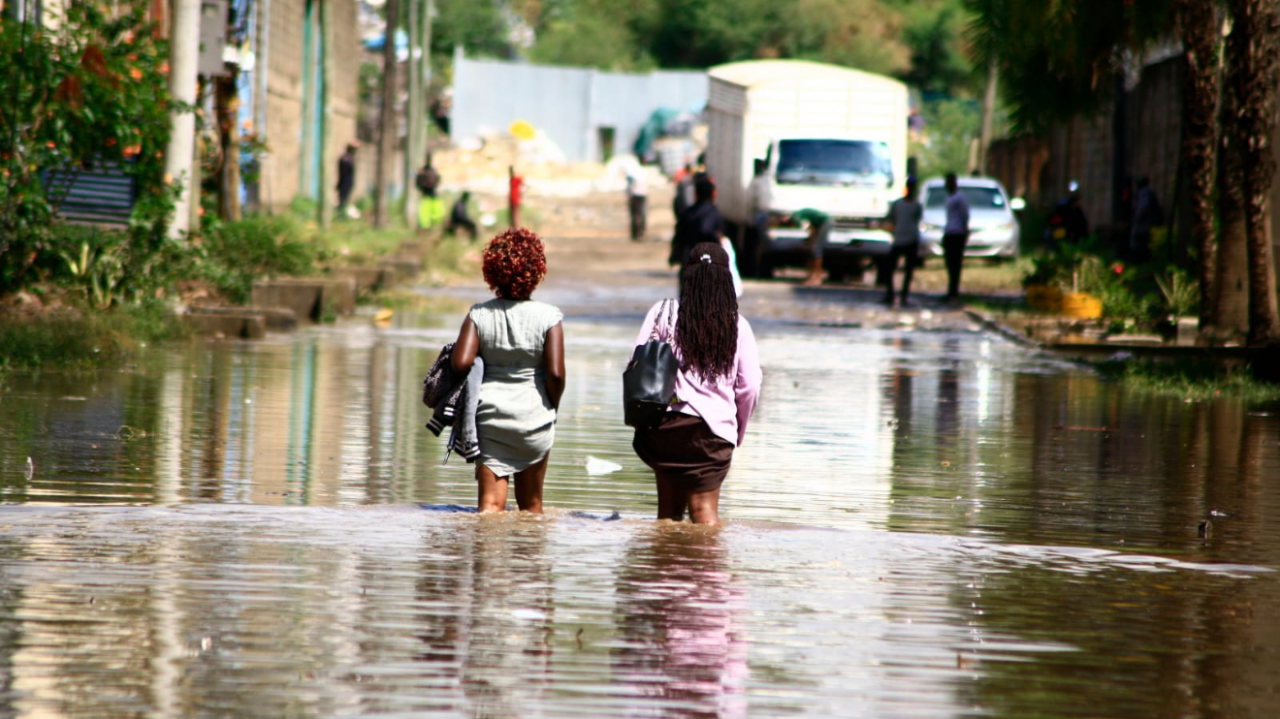
Kenya nairobi flooding – Nairobi, Kenya’s bustling capital, has been battered by relentless flooding, leaving a trail of destruction and posing significant challenges to its infrastructure, economy, and the well-being of its residents.
The torrential rains have inundated roads, submerged bridges, and caused widespread damage to buildings, disrupting daily life and threatening the city’s stability.
Impact of Flooding on Nairobi’s Infrastructure
Flooding in Nairobi has had a devastating impact on the city’s infrastructure. Roads and bridges have been washed away, leaving many areas inaccessible. Buildings have been damaged or destroyed, leaving thousands of people homeless. The cost of repairs is estimated to be in the billions of shillings.
Damaged Roads and Bridges
Flooding has caused widespread damage to roads and bridges in Nairobi. Many roads have been washed away, making it difficult for people to get around. Bridges have also been damaged, isolating some communities.
Damaged Buildings
Flooding has also caused significant damage to buildings in Nairobi. Many homes and businesses have been destroyed, leaving thousands of people homeless. The cost of repairing these buildings is estimated to be in the billions of shillings.
Specific Infrastructure Projects Impacted
Some of the specific infrastructure projects that have been impacted by flooding in Nairobi include:* The Thika Road
- The Mombasa Road
- The Uhuru Highway
- The Jomo Kenyatta International Airport
Economic Consequences of Flooding: Kenya Nairobi Flooding

Flooding in Nairobi has had a significant impact on the city’s economy. Businesses have been disrupted, and many people have lost their jobs. The tourism industry has also been hit hard, as tourists are reluctant to visit a city that is prone to flooding.
Disrupted Businesses
Flooding has disrupted businesses in Nairobi in a number of ways. Roads have been closed, making it difficult for customers to reach businesses. Businesses have also been damaged or destroyed, causing them to lose revenue.
Lost Jobs
Flooding has also caused many people in Nairobi to lose their jobs. Businesses that have been damaged or destroyed have had to lay off employees. Others have had to close their doors altogether.
Impact on Tourism
Flooding has also had a negative impact on the tourism industry in Nairobi. Tourists are reluctant to visit a city that is prone to flooding. This has led to a decline in tourism revenue, which has hurt businesses that rely on tourism.
Health and Safety Concerns
Flooding in Nairobi has also raised a number of health and safety concerns. Standing water can breed mosquitoes, which can transmit diseases such as malaria and dengue fever. Flooding can also contaminate water supplies, leading to waterborne diseases such as cholera and typhoid.
Health Risks, Kenya nairobi flooding
Flooding can lead to a number of health risks, including:* Waterborne diseases such as cholera and typhoid
- Mosquito-borne diseases such as malaria and dengue fever
- Respiratory infections
- Skin infections
Safety Hazards
Flooding can also pose a number of safety hazards, including:* Drowning
- Electrocution
- Structural collapse
Environmental Impact of Flooding
Flooding in Nairobi has also had a negative impact on the environment. Flooding can damage water quality, pollute rivers and streams, and destroy wildlife habitats.
Water Quality
Flooding can damage water quality in a number of ways. Sediment and pollutants can be washed into rivers and streams, making the water unsafe for drinking or swimming. Flooding can also damage sewage systems, leading to the release of raw sewage into the environment.
Pollution
Flooding can also pollute rivers and streams with chemicals and other pollutants. These pollutants can harm aquatic life and make the water unsafe for drinking or swimming.
Wildlife Habitats
Flooding can also destroy wildlife habitats. Many animals rely on rivers and streams for food and shelter. When these areas are flooded, animals can be displaced or killed.
Summary
As Nairobi grapples with the aftermath of the floods, there is an urgent need for comprehensive and sustainable solutions to mitigate future risks and enhance the city’s resilience to extreme weather events.
Long-term strategies, community engagement, and government support are crucial to safeguarding Nairobi’s infrastructure, economy, and the well-being of its people.
FAQ
What are the major causes of flooding in Nairobi?
Nairobi’s flooding is primarily attributed to heavy rainfall, inadequate drainage systems, and encroachment on natural waterways.
How has the flooding impacted Nairobi’s infrastructure?
The floods have caused severe damage to roads, bridges, and buildings, disrupting transportation and communication networks.
What are the economic consequences of the flooding?
The flooding has led to business closures, loss of income, and reduced productivity, particularly in the informal sector.
What health risks are associated with the flooding?
The stagnant floodwaters pose risks of waterborne diseases, respiratory infections, and injuries due to drowning or electrocution.
What measures is the government taking to address the flooding?
The government has implemented measures such as drainage improvement projects, relocation of affected communities, and public awareness campaigns.





